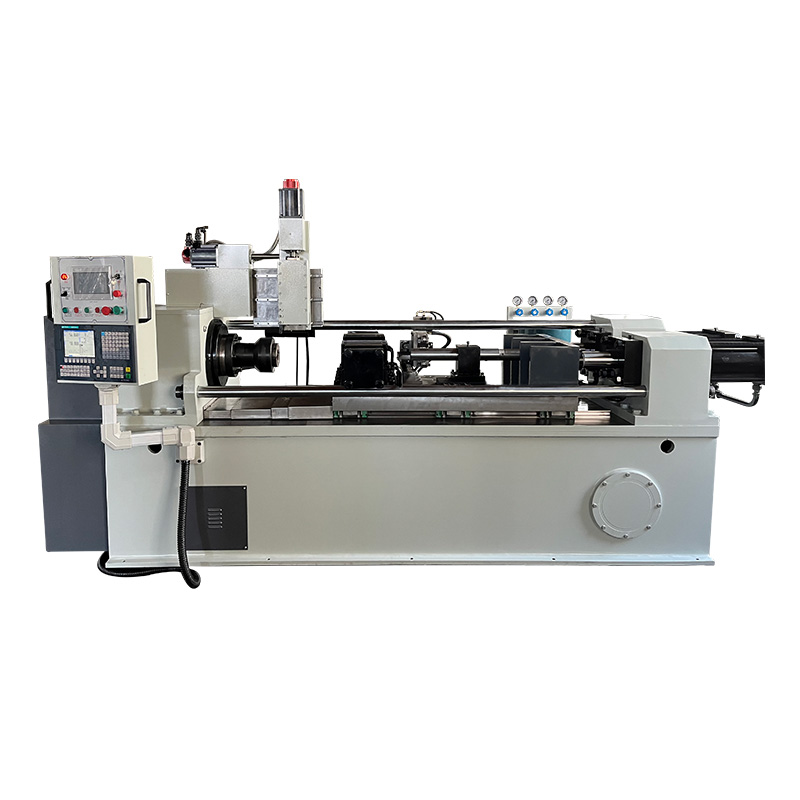A
Friction Welding Machine is a device that joins materials through frictional heat generated by mechanical friction between workpieces. It works by pressing two components together and rotating one relative to the other at high speed, creating intense friction at the interface. This friction produces heat, melting the material surfaces, and then applying pressure to forge a solid-state bond as the rotation stops.
This machine is widely used for joining similar and dissimilar metals, such as steel, aluminum, copper, and titanium. It offers several advantages: no need for fillers or fluxes, resulting in clean, high-strength welds; minimal heat-affected zone, preserving material properties; and high efficiency, with fast welding cycles.
Friction welding machines find applications in automotive, aerospace, and manufacturing industries. They are ideal for producing axles, shafts, and structural components, ensuring reliable and durable joints. With precise control systems, modern machines allow for accurate adjustment of rotation speed, pressure, and time, guaranteeing consistent weld quality.
Its ability to handle various material combinations and produce strong, defect-free welds makes it a valuable tool in industrial production, enhancing productivity and reducing costs compared to traditional welding methods.


